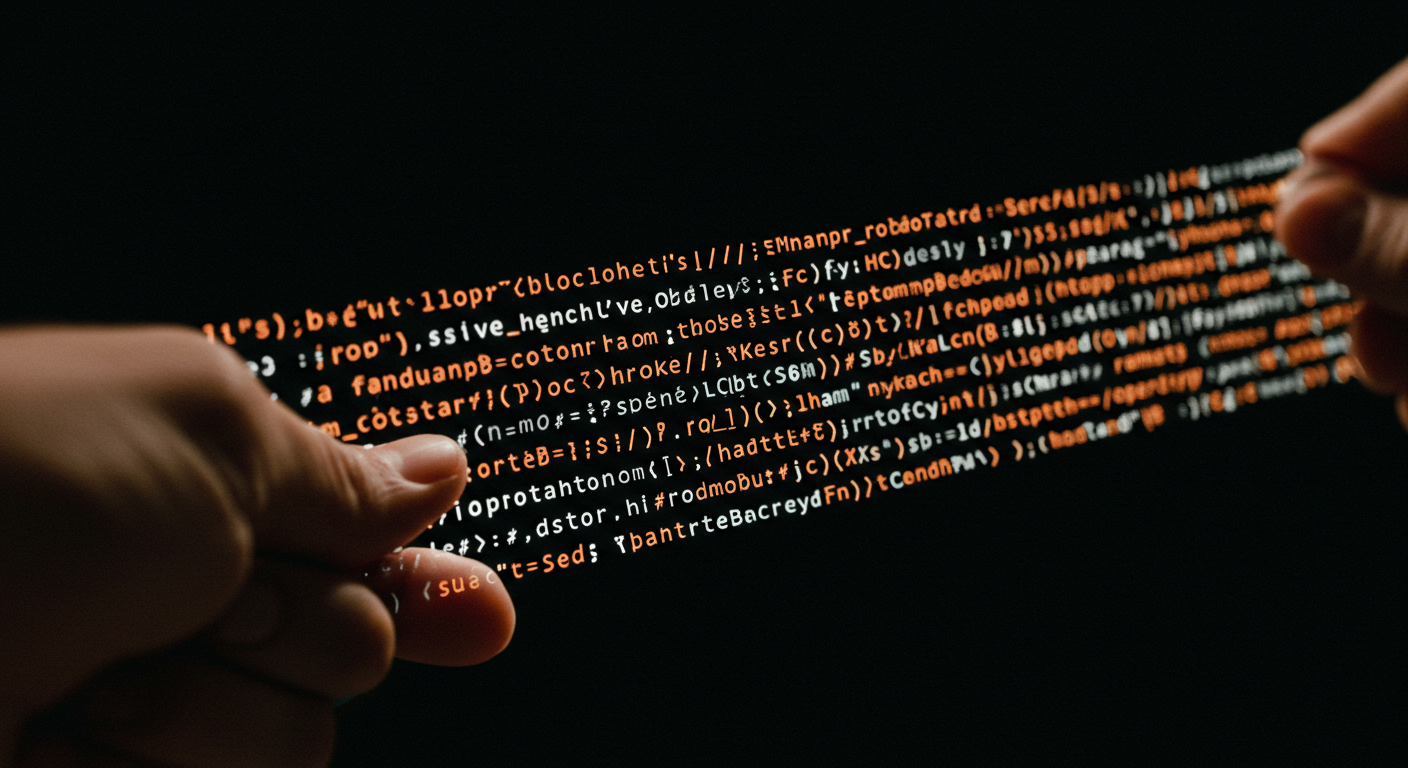If you’ve recently factory reset your MacBook and are wondering whether you should reinstall macOS, you’re not alone. After a reset, it’s essential to understand what the system is running and if reinstalling macOS will improve your system’s performance or resolve potential issues. In this article, we’ll break down the steps to verify your macOS version and help you determine if reinstalling the OS is necessary.
Understanding macOS Version after a Factory Reset
When you perform a factory reset on your MacBook, it removes all of your personal data and restores the system to its original state. After resetting, the macOS version displayed (in your case, macOS Sequoia 15.4) refers to the system that should be installed or available to reinstall. However, this does not necessarily mean that macOS is already installed on your system after the reset.
Typically, after a reset, your MacBook will attempt to reinstall the most recent version of macOS that was originally shipped with your device. In some cases, it might display the version of macOS that you last had installed on your MacBook, even if the OS hasn’t been reinstalled yet.
How to Verify if macOS is Installed
To verify if macOS is already installed, follow these steps:
- Check the macOS version: After starting your MacBook, click the Apple logo in the top left corner and select About This Mac. This will show you the version of macOS currently installed on your system.
- Use macOS Recovery: If the version displayed in About This Mac doesn’t match your expectations, restart your MacBook and hold Command + R to enter macOS Recovery mode. This allows you to reinstall macOS or perform additional system checks.
- Check System Preferences: Go to System Preferences and select Software Update to see if there are any available updates for your macOS version.
Should You Reinstall macOS After a Reset?
Reinstalling macOS after a factory reset can be beneficial in some situations, especially if you want to ensure that the operating system is clean and free of any corrupted files or settings. Here are some reasons why reinstalling macOS might be a good idea:
- System instability: If your MacBook is showing signs of instability, such as crashing apps or unresponsive behavior, reinstalling macOS can help fix these issues.
- Ensure a clean start: Reinstalling macOS ensures that you’re starting with a fresh and updated system. If you’re upgrading from an older version of macOS, this step is especially useful.
- Resolve installation issues: If the reset didn’t fully restore macOS or if some files were corrupted, reinstalling will help ensure everything is set up properly.
How to Reinstall macOS
If you decide that reinstalling macOS is the right step for you, here’s how to do it:
- Backup your data: Before reinstalling, ensure that you have a backup of your important data using Time Machine or another backup solution.
- Enter macOS Recovery: Restart your MacBook and hold Command + R during startup to enter macOS Recovery mode.
- Reinstall macOS: In Recovery mode, select Reinstall macOS from the options and follow the on-screen instructions to reinstall the operating system.
- Restore from a backup (optional): If you backed up your data using Time Machine, you can restore your files after reinstalling macOS.
Conclusion: Do You Need to Reinstall macOS?
Reinstalling macOS after a factory reset is not always necessary, especially if your system is running smoothly and no issues are present. However, if you’re encountering problems or just want to ensure that your system is in its best condition, reinstalling macOS is a good choice. It provides a fresh start and can help resolve system instability or installation issues.
In summary, check your macOS version after the reset, verify the installation, and consider reinstalling macOS if you’re looking for a clean and updated system. By following these steps, you can ensure that your MacBook runs optimally.



コメント